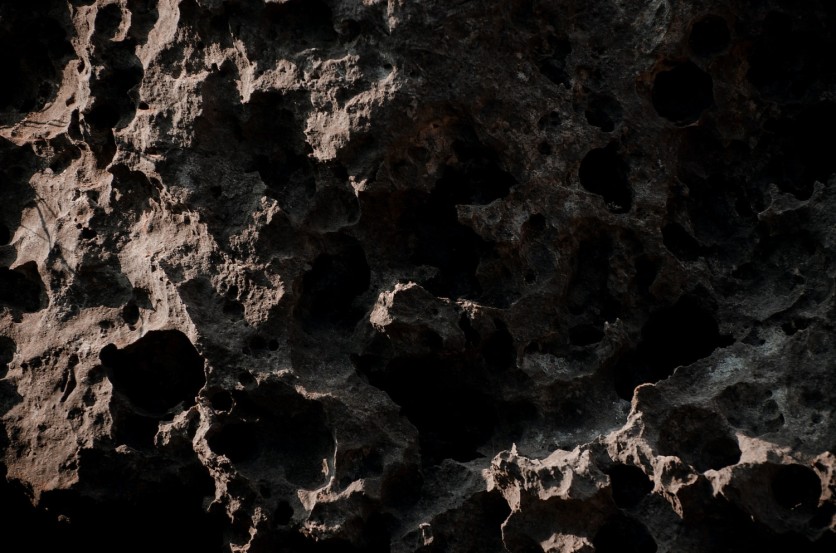NASA's DART (Double Asteroid Redirection Test) team has successfully changed the motion of the asteroid in its orbit. For the first time, humans could disrupt a planetary object's movement in space.
NASA DART Mission is a Success

As NASA confirms in its release on Tuesday, Oct. 12, the investigation for the asteroid Dimorphos was successfully carried out.
According to the space agency, it took more than 11 hours for the asteroid to orbit a bigger celestial body. The team aims to reduce this time by 73 seconds before considering it done.
The crucial part here is if it goes less than the target time, it might fail eventually. If NASA misses some aspects, even at the slightest level, it will affect its progress.
NASA saw that Dimorphos is now capable of orbiting Didymos in just 11 hours and 23 minutes, a very little improvement compared to its previous orbiting duration.
"This result is one important step toward understanding the full effect of DART's impact with its target asteroid. As new data come in each day, astronomers will be able to better assess whether, and how, a mission like DART could be used in the future to help protect Earth from a collision with an asteroid if we ever discover one headed our way," NASA's Dr. Lori Glaze announced in a statement.
Per Bill Nelson, the current NASA Administrator, the space agency has acknowledged itself as a "serious" defender of the Earth by showing the potential solution to drive away dangerous asteroids from the planet.
Related Article : NASA Shares DART Mission Results; How Successful is It? Here's What Bill Nelson, Other Officials Say
How Large is Dimorphos?
IFL Science reports that Dimorphos, unlike any other astronomical asteroid, is just a small planetary rock. The news outlet cites that it only measures 170 meters or 560 feet across.
Although the DART mission was a huge breakthrough for NASA, this does not mean that this project will now solve the entire threats involving the impacts of the asteroids on the planet.
For reference, the asteroid which killed the dinosaurs thousands of years ago is estimated to be 60 times wider than Dimorphos. The "dino killer" is said to be 200,000 times bigger than the asteroid that NASA encountered recently.
Asteroids have various compositions when it comes to their structures. This is something that scientists should always check whenever they see an approaching body from the atmosphere. Its size is a good indicator of the damage that it can cause to the Earth.
NASA will conduct more studies about the DART mission, including research about the ejecta. As stated in Newton's law, there's a chance that some of the remnants of the Dimorphos could recoil, which might immensely affect its current direction and movement.
Meanwhile, the European Space Agency or ESA will conduct the HERA mission in 2026 to study the impact of the Dimorphos system.
This article is owned by Tech Times
Written by Joseph Henry

![Apple Watch Series 10 [GPS 42mm]](https://d.techtimes.com/en/full/453899/apple-watch-series-10-gps-42mm.jpg?w=184&h=103&f=9fb3c2ea2db928c663d1d2eadbcb3e52)


